Cardinal’s homily during the Commencement of School Year Mass struck me when he spoke about leaders teaching with their being. He referenced Moses and how he journeyed, suffered, and tolerated the people of Israel throughout their journey from Egypt to the Promised Land. Moses even offered himself to take punishment from God for the wrongful actions of the people. Cardinal also spoke about the ordination of a priest, of the importance of believing his mission and being an example in living out his mission. He also mentioned that when Jesus preached, he preached about the kingdom of his father, not of himself because God sent him to bring the good news to His people. People in a position of authority do not represent themselves, but rather they always represent the organisation or the authority which appointed them.
This resonates with me because all that Cardinal said applies to me. I am a leader, in my main CCA Swimming, in the school’s Catholic CCA called Genesis and in my class. I have been invested with authority and I should lead more with my being even when others do not do the same. Being an example to other leaders and to my teammates is what is most important, so that I can show them how we can achieve our vision and mission by what we do. For example, when I tell people to show up at 7.30am in the morning to sing for mass, I will be there with them to sing with them even though I do not need to be there. I trust my Music Ministry to be there at that time to practise and I know that they can achieve what they need to do. However, if I am there with them, I show my people that I care about them and am always there to support and encourage them.
Representing an organisation is important as well. Every day when I wear the college uniform and, when I am ushering people into the chapel for mass, I represent my college. The actions that I take not only reflect who I am, but also where I come from. This resonates with me as through the things I do, it gives me a sense of pride to have the privilege to represent my organisation. It also gives me the motivation to constantly improve myself and the team.
In my daily life as a student, I sometimes feel overwhelmed. In addition to the busyness of JC life, I still need to uphold my standards as a student leader and lead the team no matter how tired I am. As such, it is important that in the team, no matter what position one is in, we all care for and uplift each other so that we can all do well together. The challenge of leadership is also having to constantly lead by example. When the team is not putting in their best, it is even more important that the leader maintains his consistency and dedication. Through this, he can then be a true encouragement to his teammates to do better.
Being appointed as a leader means faith has been put into you to bring the team together and to go the extra mile, and that is what I strive to do with the people that I lead. Through the grace of God and the strength He gives me, I am able to go the extra mile to show by example my dedication and care for the team and our mission. Leading by authority does not mean I display power but it means that I do all I can.
In a Catholic school, I am able to connect more with God and be prayerful. I am able to go to the chapel and seek God’s guidance and strength as a student and a leader. When the going gets tough, I will know that God will always be there for me, to help make me responsible and give me wisdom to make the right decisions. He will nudge me to keep going and never to give up, and to remind me of the love I have for my team and college just as He loves me.
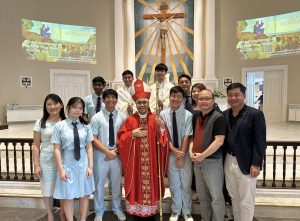
The team from CJC with Cardinal William Goh after the Commencement of School Year Mass on 28 Jan 2024.
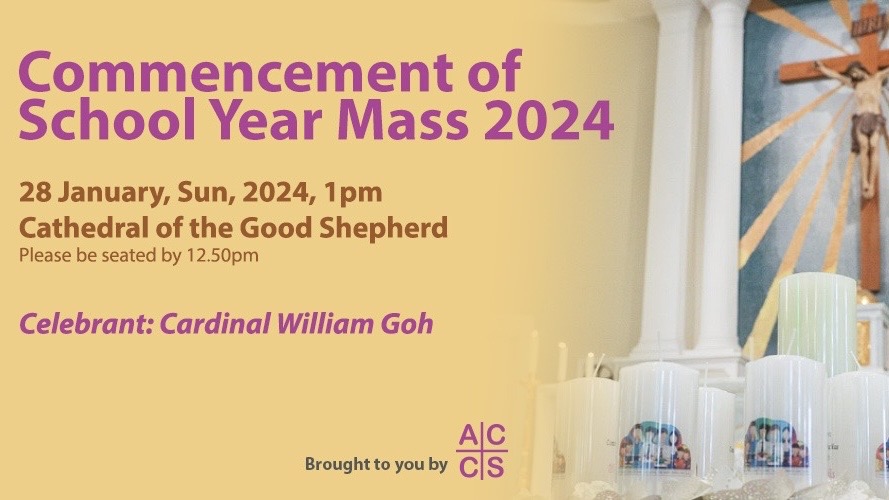




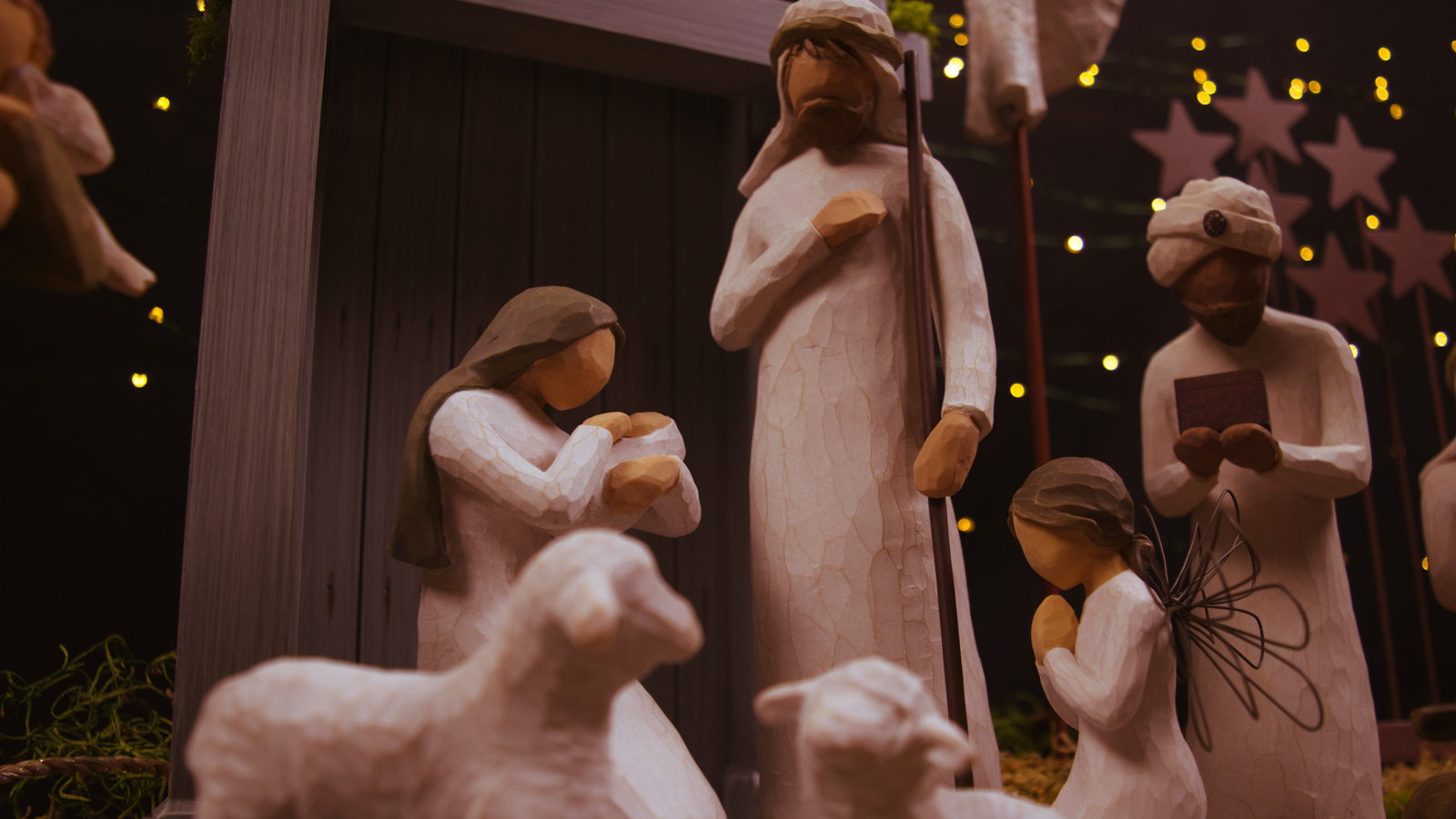

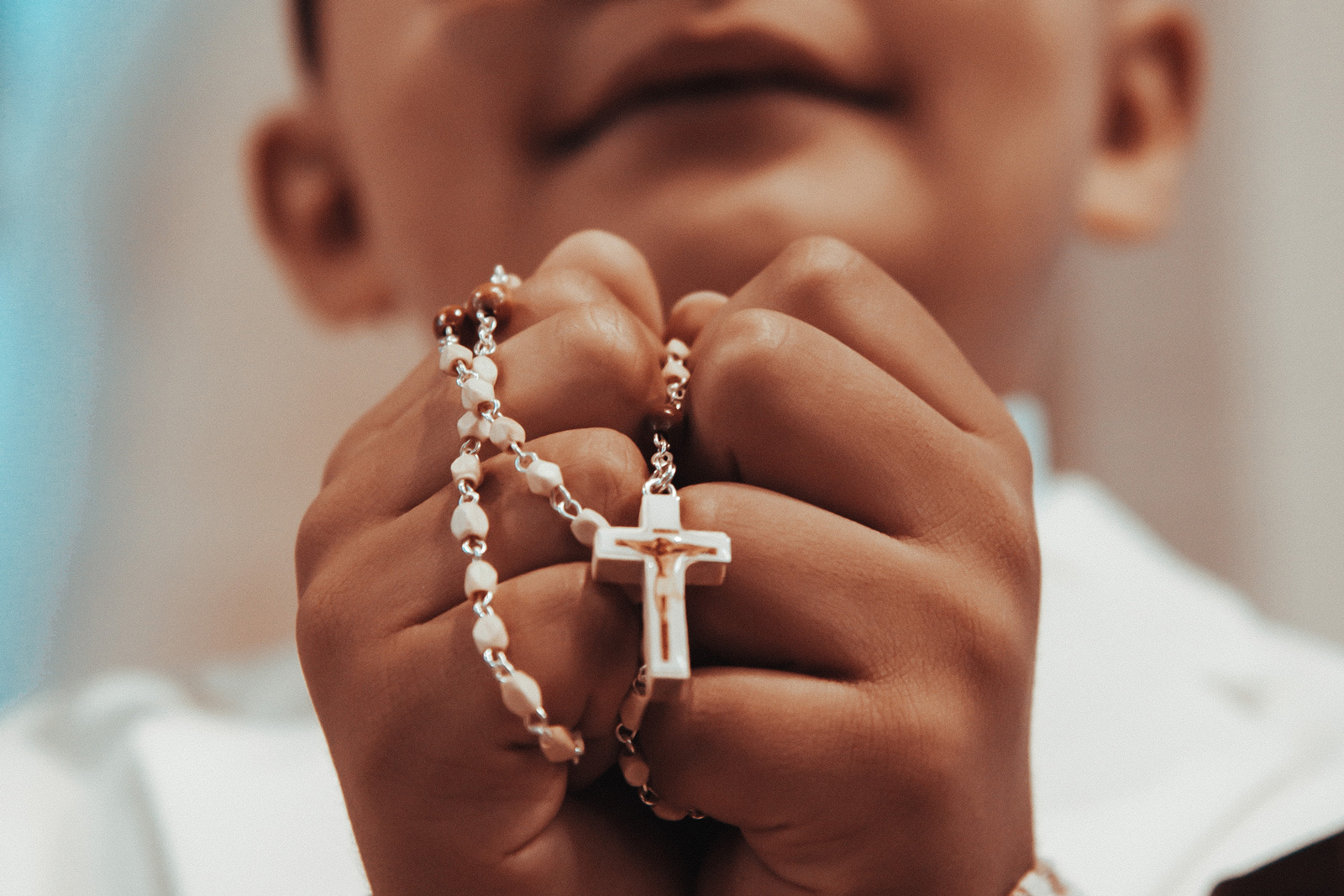
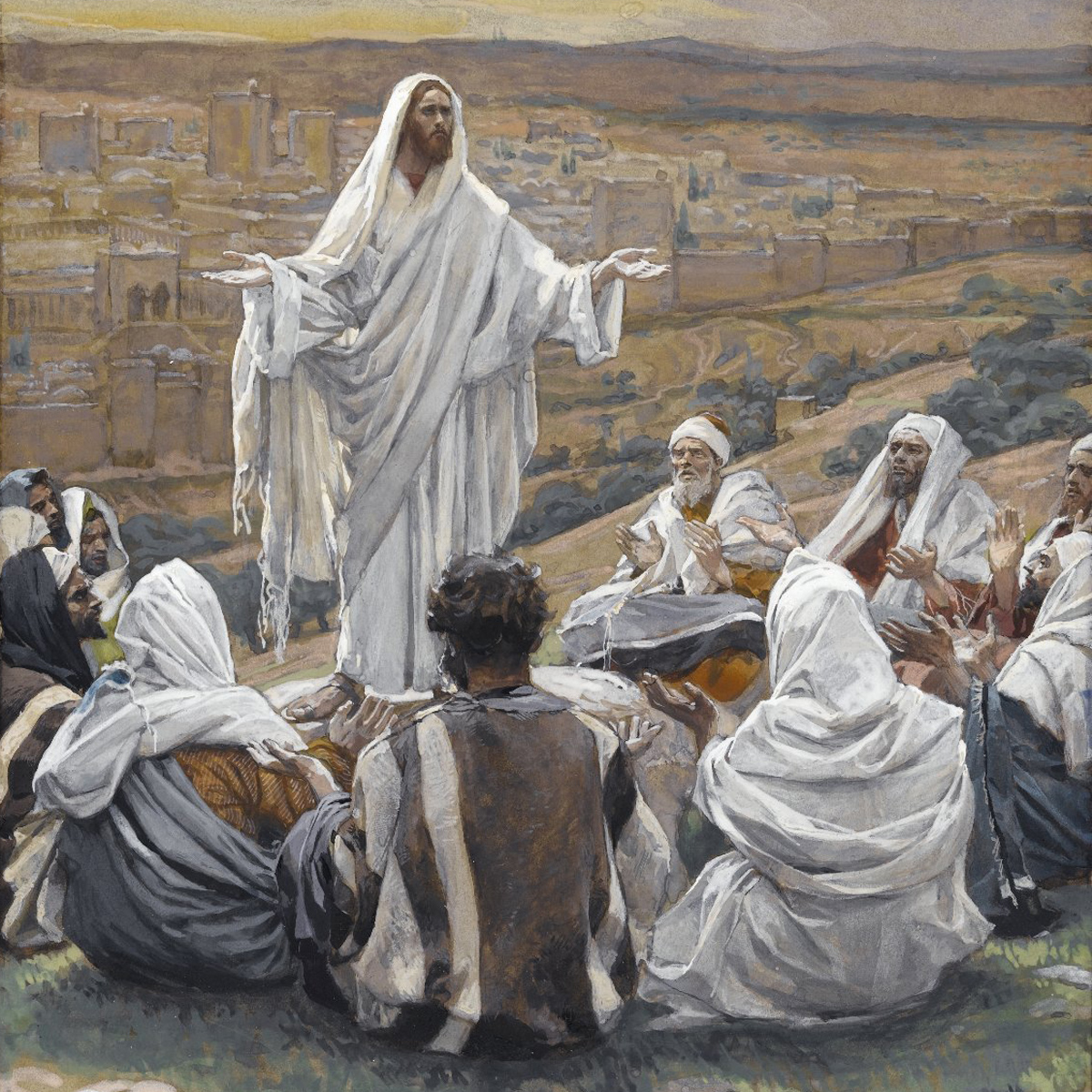
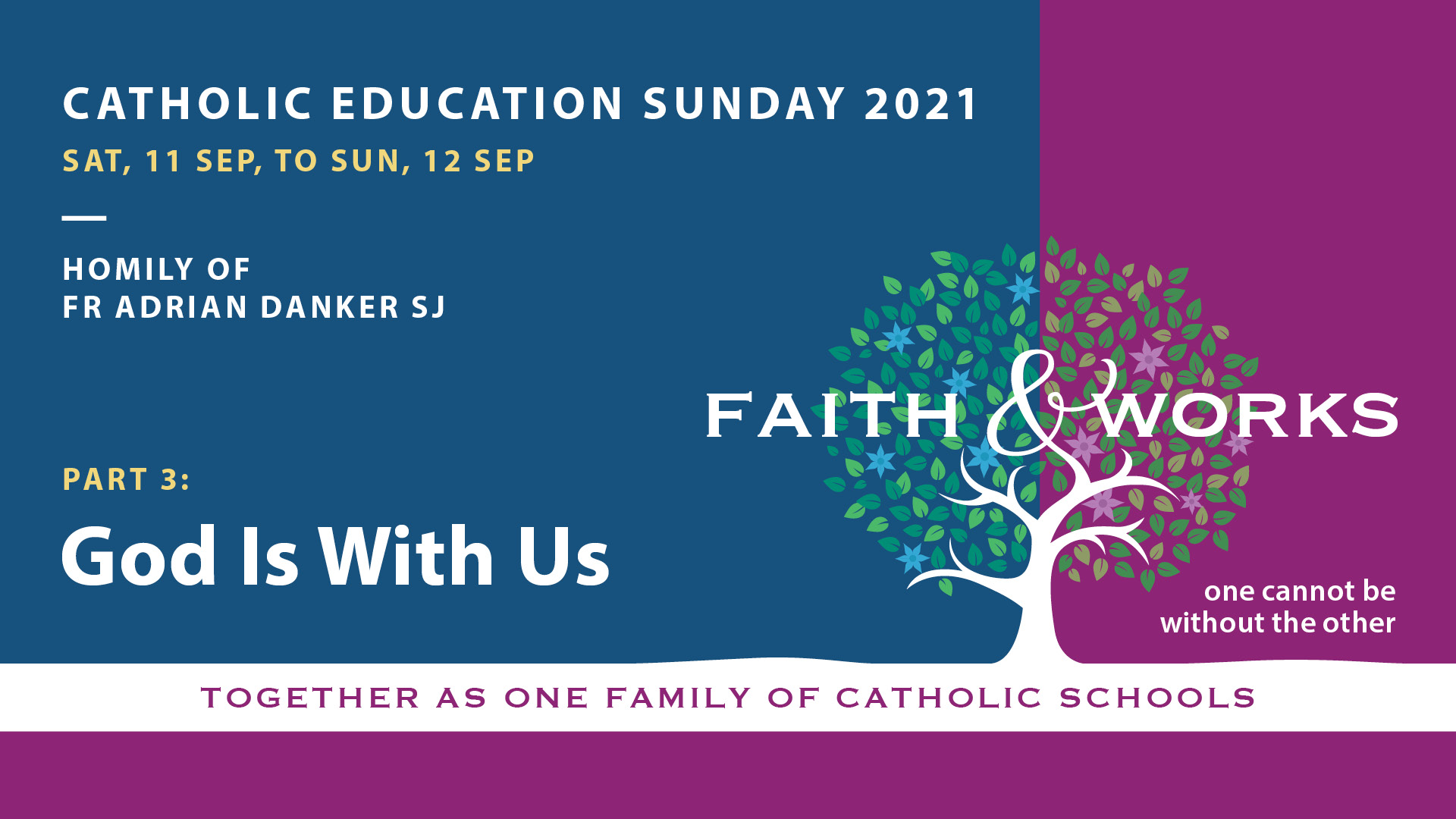

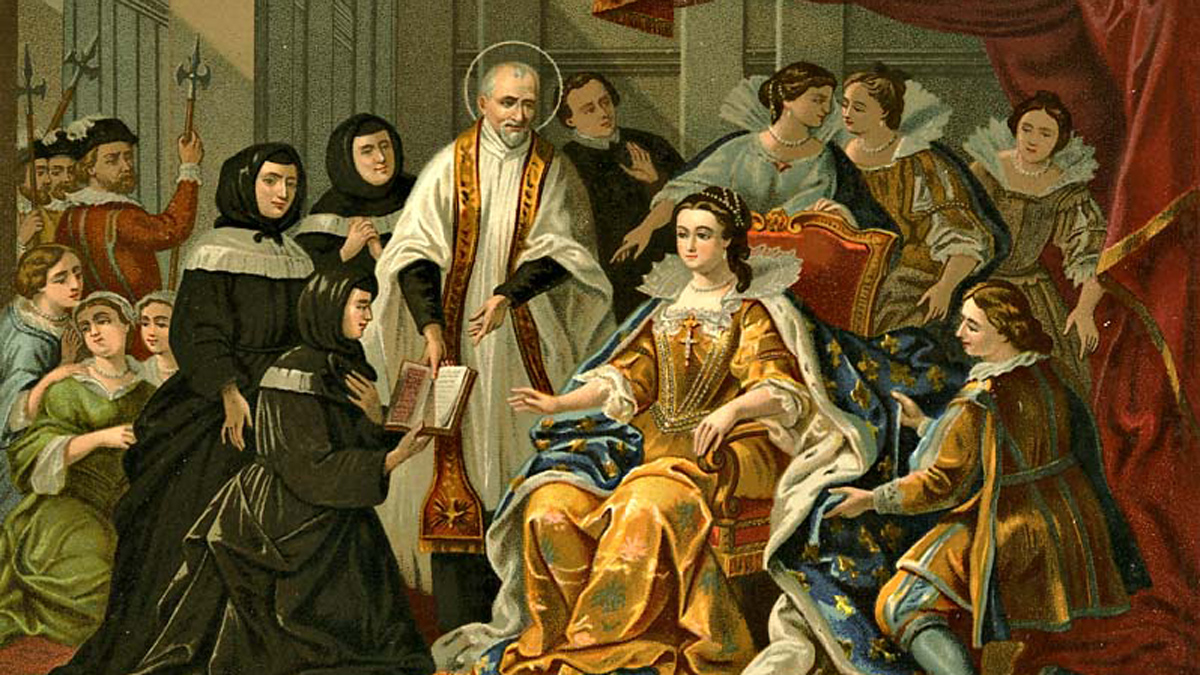
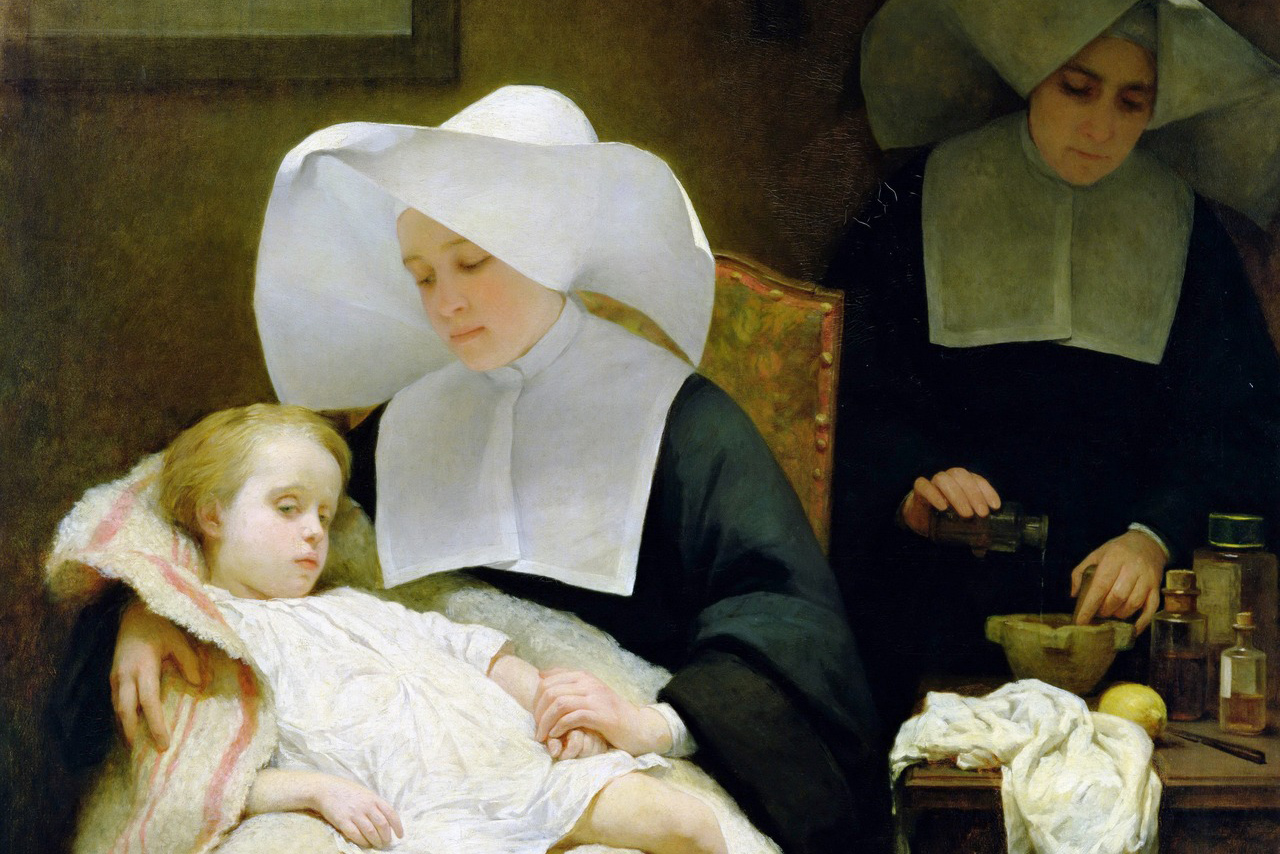 Here is a description of them:
Here is a description of them:
